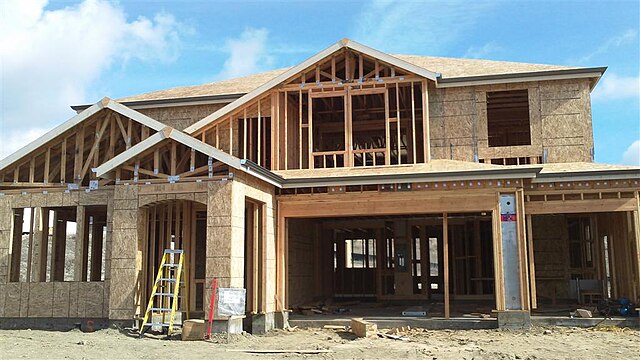The U.S. housing sector took a significant downturn in March, with single-family homebuilding and building permits experiencing sharp declines, indicating a cooling market largely affected by rising mortgage rates and a continuous shortage of existing homes for sale. Data from the Commerce Department revealed that single-family housing starts fell by 12.4%, and permits for future constructions dropped to a five-month low. Despite a rebound in residential investment in the latter half of 2023, the recovery is losing momentum amid shifting economic indicators and rising interest rates, suggesting a more challenging environment for home builders and buyers alike.
The resurgence in mortgage rates, approaching 7%, has exacerbated the situation, deterring potential homebuyers and slowing down the construction activity as reflected in the significant drop in housing starts and permits. The average rate increase follows robust labor market data and persistent inflation, which may lead the Federal Reserve to postpone expected rate cuts. This has created a cautious atmosphere among buyers who are waiting for a clearer direction on interest rates. Furthermore, the overall housing starts plummeted by 14.7%, marking the largest decline since April 2020, and the trend is expected to influence future homebuilding activities.
Market Overview:
-Single-family homebuilding tumbles 12.4% in March due to rising mortgage rates.
-Overall housing starts fall 14.7%, but remain above year-ago levels.
-Manufacturing output edges higher, suggesting a potential turnaround for the sector.
Key Points:
-Rising interest rates sideline potential homebuyers, leading to a decline in new construction.
-Existing inventory shortage continues to support housing prices despite the slowdown.
-Manufacturing activity shows signs of improvement after being impacted by tighter monetary policy.
Looking Ahead:
-The trajectory of interest rates and inflation data will be crucial factors for the housing market.
-Continued low supply could keep housing prices elevated despite a potential slowdown in construction.
-A potential rebound in manufacturing output could provide a boost to the broader economy.
On a more positive note, the U.S. manufacturing sector is showing signs of recovery. According to a Federal Reserve report, factory production rose by 0.5% in March, building on a substantial rebound from February. This uptick in manufacturing output, despite a slight contraction in the first quarter, indicates a potential stabilization and growth in the sector, which has been one of the hardest hit by the Fed's stringent monetary policies over the past years.
As the housing market struggles with the implications of higher interest rates and a tight supply, the manufacturing sector's recovery could provide a balancing effect on the economic outlook. However, the overall economic landscape remains complex, with the interplay of slowing housing starts, fluctuating manufacturing output, and uncertain Federal Reserve policies likely to influence the U.S. economy's trajectory in the coming months.


